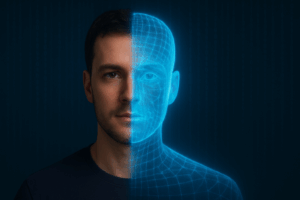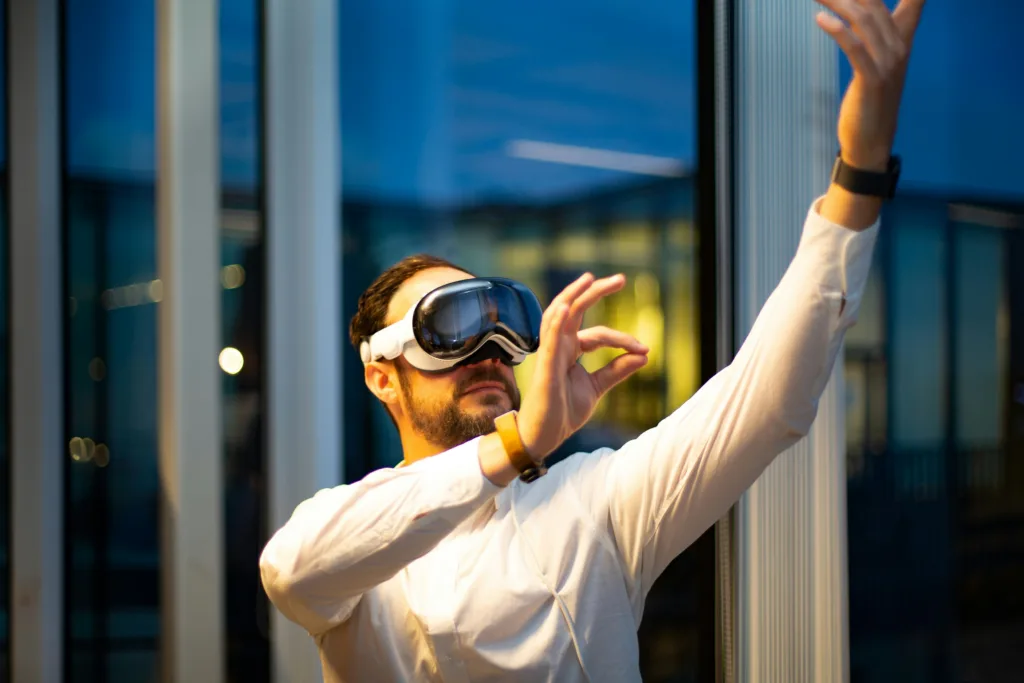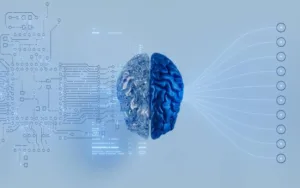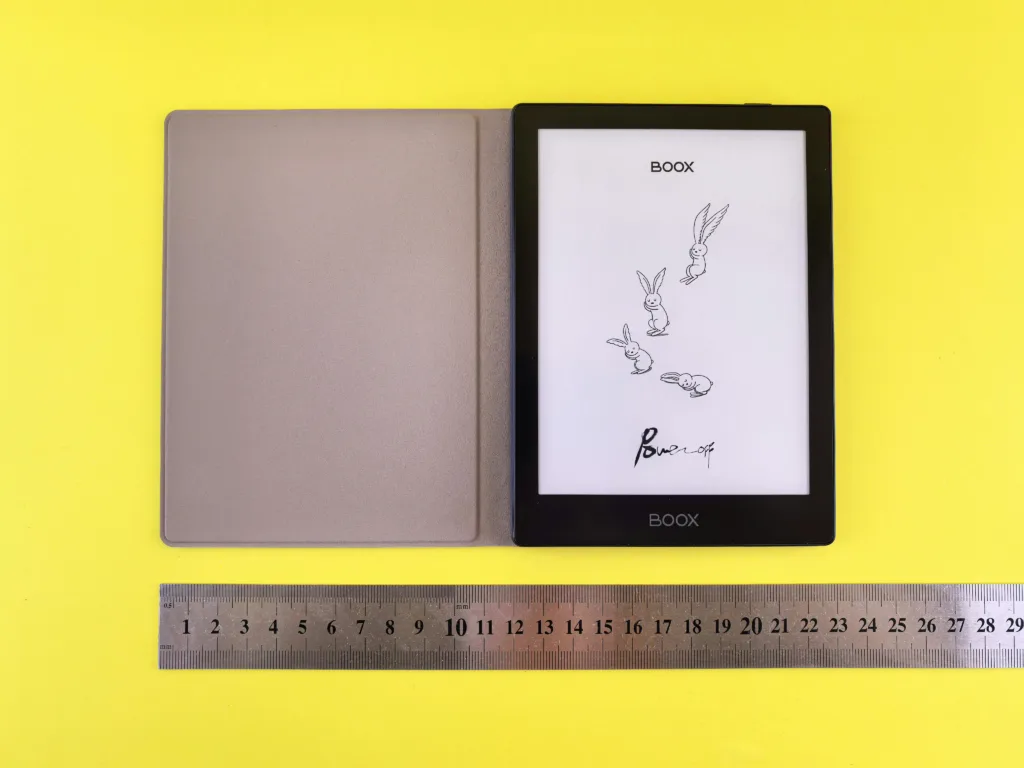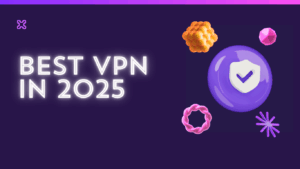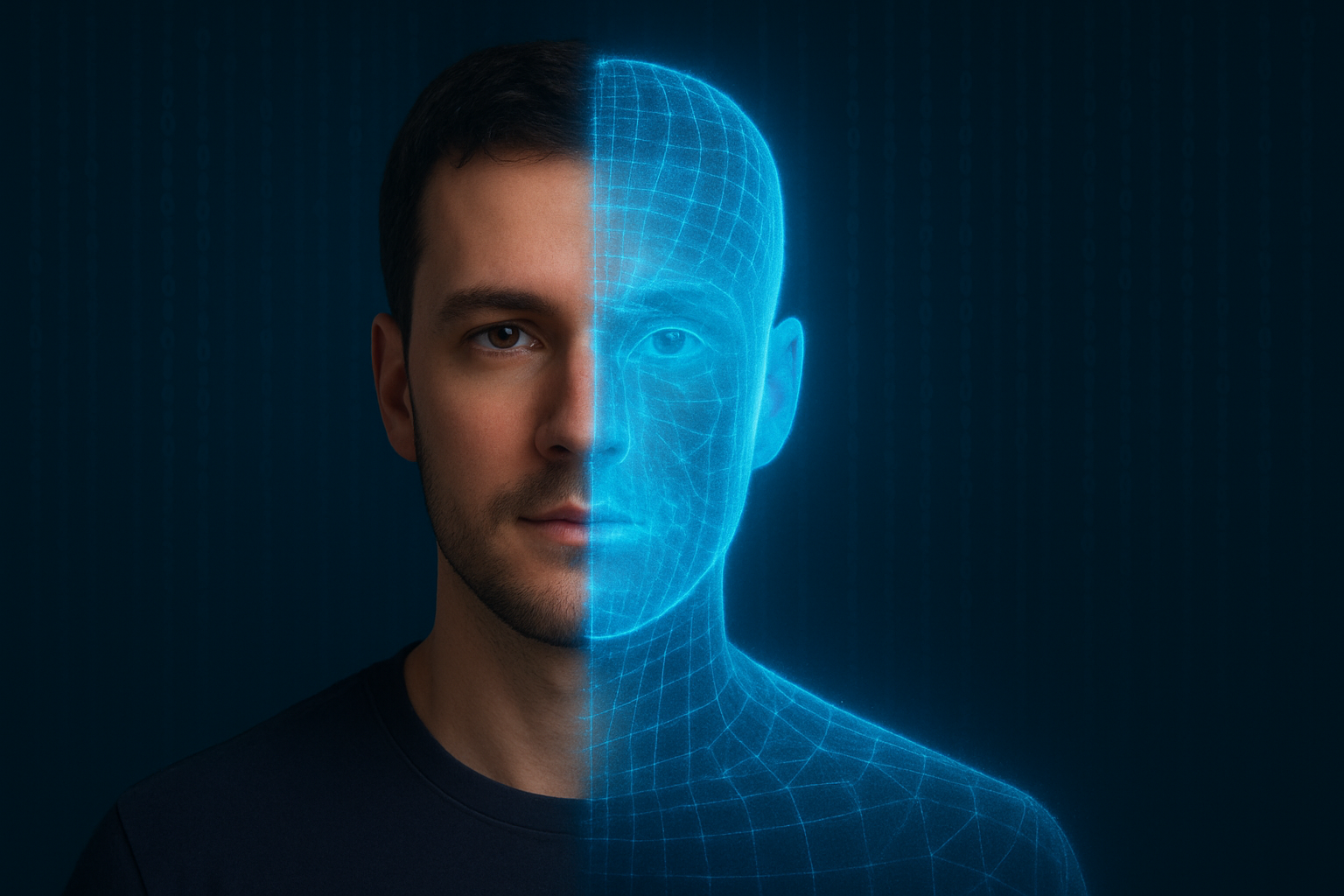
The first time I heard about digital twins for humans, I actually laughed out loud.
I thought it was one of those buzzwords tech people throw around at conferences — like “metaverse,” “Web3,” or “AI for the soul.” But a few months later, I found myself talking to… well, myself. Or at least, a very realistic virtual version of me that lived in the cloud.
Wild, right? Let me walk you through what that was like, because it honestly changed how I think about my own body, habits, and data.
So, what the heck is a “digital twin”?
In simple terms, a digital twin is a detailed virtual copy of something in the real world. Big companies have used them for years — to monitor airplanes, smart factories, even whole cities. They collect tons of data and use it to simulate “what if” scenarios.
Now imagine doing the same thing for a person.
That’s where things start to get both exciting and slightly creepy.
A digital twin of you is like a constantly updated mirror that reflects your body, your lifestyle, and even parts of your personality. It can predict how you’ll feel tomorrow, how your choices affect your health, or how you might react to certain changes — like cutting out coffee (not that I’d ever dare).
It’s basically a mix between a health tracker, a life coach, and a futuristic version of you that never sleeps.
According to Grand View Research, the global digital-twin market was estimated at USD 24.97 billion in 2024 and is projected to reach USD 155.84 billion by 2030, with a compound annual growth rate (CAGR) of ~34.2% from 2025 to 2030.
My first taste of the tech
I first heard about human digital twins at a tech summit. Someone showed a live demo of a volunteer’s twin — a glowing 3D avatar that moved in sync with their heart rate and breathing. You could literally see their stress levels rise when they started talking in front of the crowd.
That was the moment my skepticism turned into fascination.
I mean, how often do you get to watch your own body’s data perform like a digital puppet show?
I signed up for a beta test that same day. A few weeks later, I got my invite link and began creating my virtual self.
Building “cloud me”
Setting up my digital twin felt like creating a gaming character, only with more reality involved. The platform connected to all my gadgets — smartwatch, fitness apps, sleep tracker, you name it. Then it asked a bunch of lifestyle questions: what I eat, how I sleep, how stressed I feel most days, and so on.
Once the data synced, I got a 3D avatar that was me — complete with real-time heart rate, movement, and emotional “mood rings” based on my daily activity. It wasn’t some sci-fi hologram, but it was surprisingly realistic.
And the best part?
It didn’t just sit there. It evolved. It learned from me.
When I skipped my morning walk, the twin’s energy score dipped. When I slept poorly, its “focus” metric dropped. It was like watching a data-driven version of myself quietly judging my life choices — in a friendly but slightly smug way.
What I actually learned from it
Within a week, I realized this wasn’t just a fancy graph generator. My digital twin was actually helping me notice patterns I’d never paid attention to.
For example, I always thought skipping breakfast didn’t matter much. But the twin showed a visible dip in my “midday productivity” graph on those days. That hit me harder than any nutrition advice ever could.
It also helped me visualize long-term effects. When I told it I planned to run three times a week instead of once, it showed potential improvements in my cardiovascular health and energy over the next six months. Seeing that prediction made it way easier to commit.
It’s kind of like having a version of you from the future whispering, “Hey, keep this up — you’ll thank me later.”
How it actually works (without too much geek-speak)
For those curious about what’s going on behind the curtain, here’s the simplified version:
- Data Gathering: Your devices feed the system all your personal stats — heart rate, sleep, steps, stress, diet, etc.
- AI Modeling: Machine learning crunches the data to build a live, adaptive model of you — not just physically, but behaviorally.
- Cloud Power: All this info lives securely online, where it’s constantly updated.
- Simulations: You can tweak variables (“What if I start swimming twice a week?”) and see how the model predicts your health or mood will shift.
Basically, it’s like your body’s digital lab.
Okay, but what about privacy?
This was my biggest question going in.
Who gets to see my twin? Could someone hack it? Would an insurance company someday charge me more if my twin shows I don’t sleep enough?
The company behind my twin took privacy seriously — encryption, anonymization, consent settings, all the buzzwords. Still, it felt weird at first to share such intimate data with a server somewhere.
So I started slow. I didn’t connect every app right away, and I turned off location tracking until I understood how everything worked. Over time, I got more comfortable. I guess once you see the value it gives back, the trade-off starts to make sense — as long as you stay in control.
Cool things I tried (and what actually worked)
- Tuning my workouts
I learned I was pushing too hard on my morning runs — my twin showed my energy crashing right after. I switched to slower runs and felt better all day. - Fixing my sleep
The twin pointed out that my heart rate stayed elevated until after midnight, probably from screen time. Once I cut off my phone an hour earlier, my “recovery” score improved dramatically. - Stress experiments
I tried breathing techniques, meditation, even a few silly TikTok “focus hacks.” My twin tracked stress responses in real time, showing which methods actually calmed me down. Spoiler: deep breathing worked better than journaling for me. - Future projections
This one felt straight out of Black Mirror. I could simulate what might happen if I kept my current habits for five years — good or bad. It wasn’t perfect science, but it definitely made me think twice before ordering late-night pizza.
The emotional side (and yes, it’s a bit weird)
Here’s something I didn’t expect: having a digital version of yourself changes how you see… yourself.
It’s not just a bunch of numbers on a dashboard — it’s a mirror that doesn’t lie.
Sometimes it’s motivating. Other times it’s humbling.
There were days I caught myself apologizing to my twin (which, yes, sounds insane) after too many lazy evenings or skipped workouts. But it also gave me compassion — like, “Hey, you’re human. You’ll bounce back.”
What’s even cooler is imagining where this could go socially. Picture sharing a part of your digital twin with a doctor, trainer, or even a friend — not your private details, just insights. Suddenly, wellness becomes more collaborative and personalized.
The downsides
Let’s be real — the tech isn’t perfect yet.
Sometimes the data syncs late or misreads your activity. Once, my twin thought I’d done a two-hour workout when I was just pacing during a phone call (I wish).
And then there’s the obsession trap.
When you see your virtual self updating all the time, it’s easy to start over-analyzing everything. I caught myself checking my “sleep score” before I even had my morning coffee. Not healthy. Eventually, I learned to treat it like guidance, not gospel.
Where it’s all heading
This whole field is growing crazy fast. I’ve seen prototypes that go beyond fitness and health into mental modeling — digital twins that reflect your emotional states, learning patterns, or decision-making style.
Some researchers are even exploring “legacy twins,” which could preserve parts of your personality and memories. It sounds like science fiction, but then again, so did smartphones once upon a time.
In the near future, we might see:
- Medical twins that help doctors predict treatment outcomes before trying them.
- Learning twins that personalize education based on how your brain best absorbs information.
- Life coaches in the cloud that evolve alongside you, offering personalized nudges in real time.
And yes, there’s already talk of “digital immortality.” I’m not sure how I feel about that yet — somewhere between fascinated and slightly freaked out.
My honest takeaway
After living with my digital twin for a few months, I can say this: it’s not magic, but it is eye-opening.
It made me way more aware of my daily habits — not out of guilt, but out of curiosity. I started treating my body like a system I could understand and improve, not just something that occasionally complains.
Would I recommend it to everyone? Not yet. The tech is still evolving, and it’s definitely not for people who get anxious about data or tracking. But if you’re into self-improvement and want to understand how your choices really affect you, it’s an amazing tool.
It’s like having a digital buddy who knows you a little too well — but also wants the best for you.
Final thoughts
We’re stepping into a strange new world — one where parts of our identity can exist digitally, update themselves, and even teach us how to live better in the real one.
Having a virtual “me” in the cloud was both surreal and enlightening. It showed me that technology isn’t just about gadgets or automation — it’s also about understanding ourselves more deeply.
And who knows? Maybe one day, our digital twins will know us so well they’ll finish our sentences.
Or better yet, remind us to put down the phone, go for a walk, and enjoy being human — data and all.
Explore other articles:
VR Workspaces: The End of Zoom Fatigue?
Neurotech in Everyday Life: From Focus Boosters to Sleep Regulators


